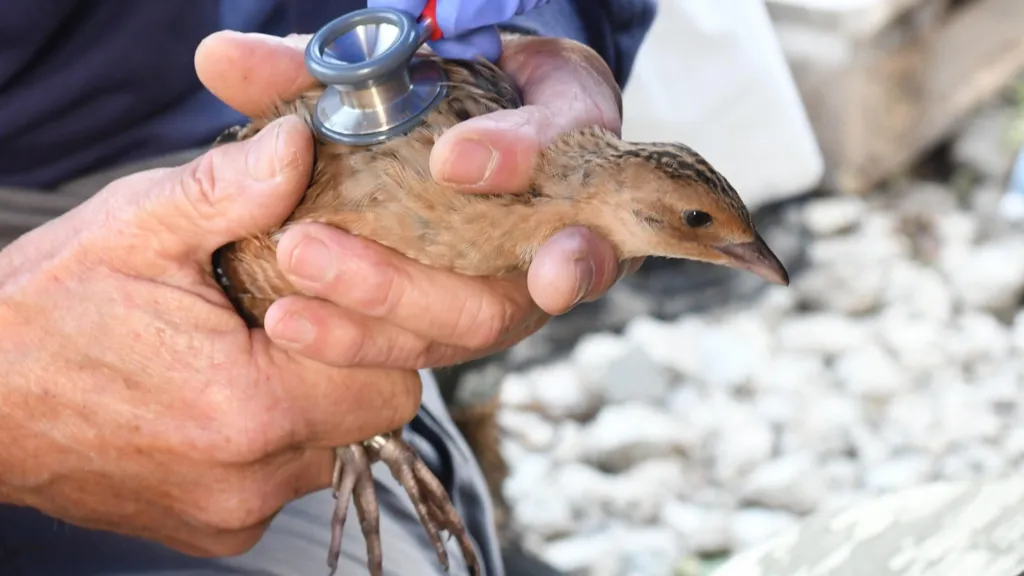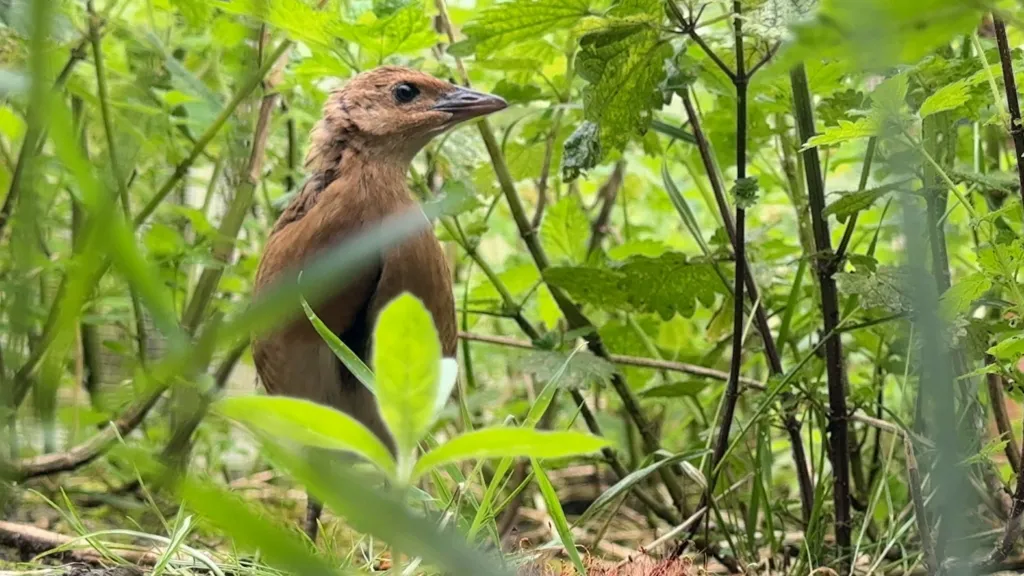The distinctive “crex crex” call of the corncrake, once a common sound in the British countryside, nearly disappeared due to habitat loss from modern farming practices. However, there is now renewed hope for the corncrake’s recovery in England, thanks to reintroduction efforts in Norfolk’s fenlands.
This year, conservationists have been thrilled to hear at least nine calling males, a significant increase from just three in 2021. Globally, the corncrake’s population faces threats across Europe and Asia, and in the UK, it remains on the red list of species at greatest risk.
Aside from this reintroduced population in England, the only other corncrakes in Britain are found on the Scottish isles. Since 2021, 100 captive-bred corncrakes have been released annually into the River Ouse flood plains—a crucial habitat for numerous wild birds.

Emilie Fox-Teece from the Wildfowl and Wetlands Trust reserve at Welney, Norfolk, describes the corncrake’s call as a “lovely noise to hear out in the washes.” She emphasizes the importance of supporting and boosting the population to achieve a sustainable future for the species.
The released birds face numerous challenges, including a migratory journey to Africa each autumn, with only a few returning each spring to breed. The number of calling males has grown from three in 2021 to at least nine in 2024, suggesting a population that may be at least double that when including quieter females.

Chrissie Kelly, head of species management at the Pensthorpe Conservation Trust, a key partner in the project, expresses cautious optimism. “There is hope that we can continue to build on these numbers,” she says. “It’s a sound we should be hearing in our countryside once more.”
The goal is for the corncrake population to become self-sustaining, eventually eliminating the need for continued captive breeding. Historically widespread across Britain, the corncrake would return from Africa each spring, its distinctive call often heard at night. However, changes in farming practices, such as early and mechanical mowing of meadows, contributed to its decline.
The Scottish population, now confined to the western and northern islands, was estimated last year to include around 900 calling males.
